
OR
Banks’ excess liquidity drops, thanks to increased credit and govt-collected public debt
Published On: February 12, 2021 07:30 AM NPT By: Republica | @RepublicaNepal

KATHMANDU, Feb 12: Nepal’s banks and financial institutions have started facing a decline in excess liquidity with the government collecting excessive internal borrowing and due to an increasing demand for loans from the business community with falling cases of the coronavirus infection.
According to Nepal Rastra Bank (NRB), banks now have an excess liquidity of Rs 77.31 billion, which used to stand at more than Rs 200 billion just two months ago. With this reason, pressure has developed on the interest rate of loans issued by the banks.
Recently, the cases of coronavirus infection have come down to a double-digit figure per day while the daily new death case has also fallen to almost zero. Due to this reason, banks have been sustaining soaring demands for credit. On an average, banks have been lending around Rs 20 billion almost every week, according to bankers.
In addition, the government has also been aggressively raising public debt to manage its financial liabilities that have swollen due to the upcoming midterm polls and spending on the import of COVID-19 vaccines. The government has targeted to collect over Rs 100 billion from internal borrowing this year.
NRB officials said the impact of these measures is being seen on the interbank rate, which is slowly rising.
Nara Bahadur Thapa, former executive director of the NRB, termed the fall in liquidity as a positive sign for the economy. “Both lending by the banks and borrowing by the government help utilize the country’s financial resources, ultimately stimulate economic activities in the COVID-19-hit economy,” Thapa said to Republica.
You May Like This
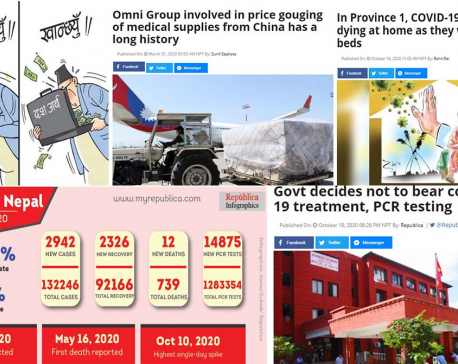
As Oli government limits its role to counting deaths during the greatest public health crisis, people are dying at an alarming rate
Experts say the government has decided to shred the constitution ... Read More...

India eases lockdown even as virus cases jump in capital
NEW DELHI, June 8: With shopping malls, places of worship, restaurants and state borders reopening Monday, some of the last vestiges... Read More...

UK COVID-19 death toll surpasses 50,000
LONDON, June 3: The United Kingdom’s COVID-19 death toll surpassed 50,000 on Wednesday, according to a Reuters tally of official... Read More...


Just In
- Kathmandu continues to top the chart of world’s most polluted city
- JSP Central Executive Committee meeting today
- Ambassador Adhikari presents his letter of credentials to Turkish President Erdoğan
- Bajhang by-election: Construction of Taklakot Road is common election agenda of candidates
- Meeting of Finance Committee being held today to discuss 2025/25 budget
- Stakeholders call for transparency as Beijing pushes for early implementation of BRI projects in Nepal
- Special Court orders judicial custody for Sunil Paudel over illegal wealth acquisition charges
- District Court Rautahat sentences four individuals including Aftab Alam to life imprisonment









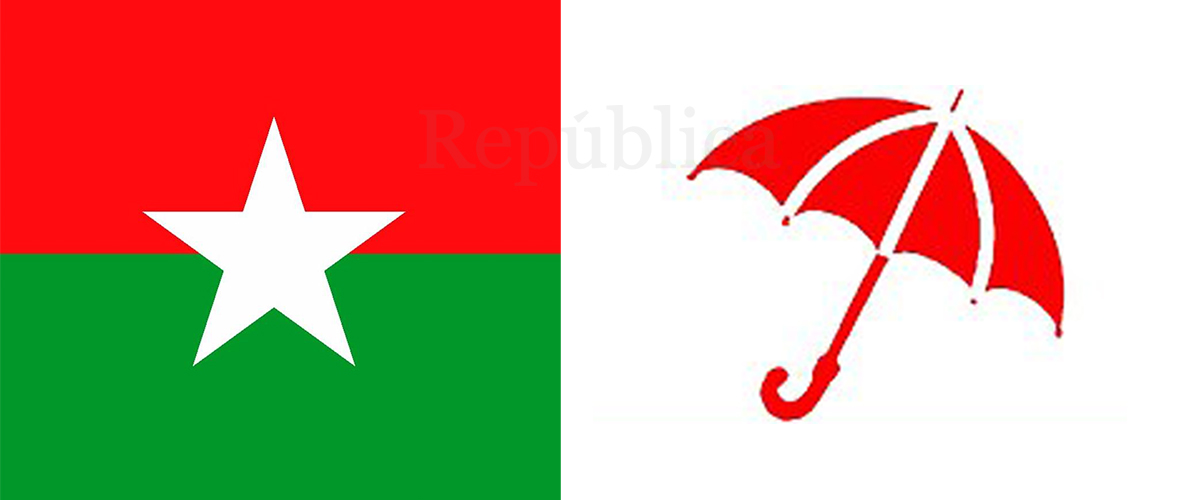
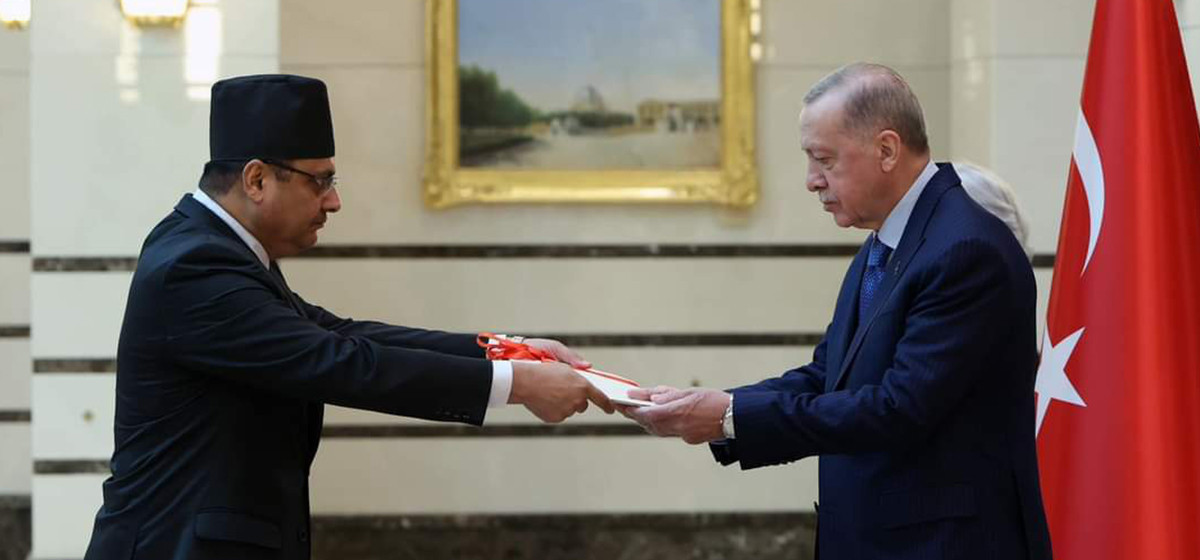
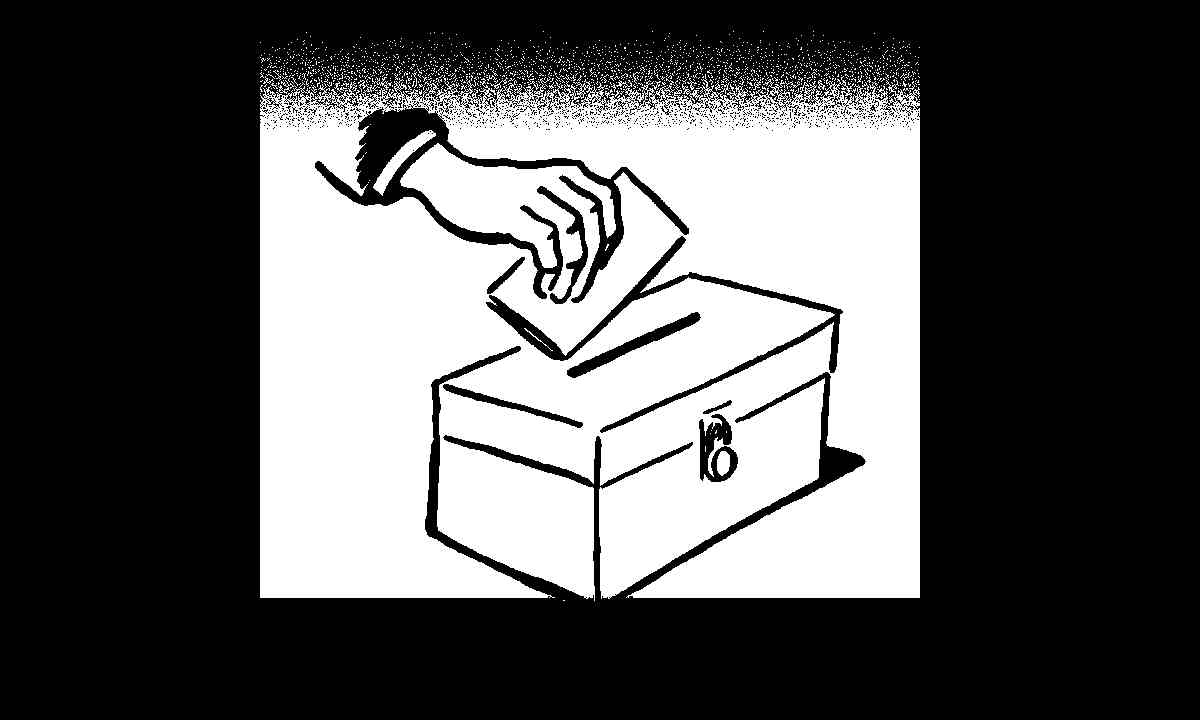
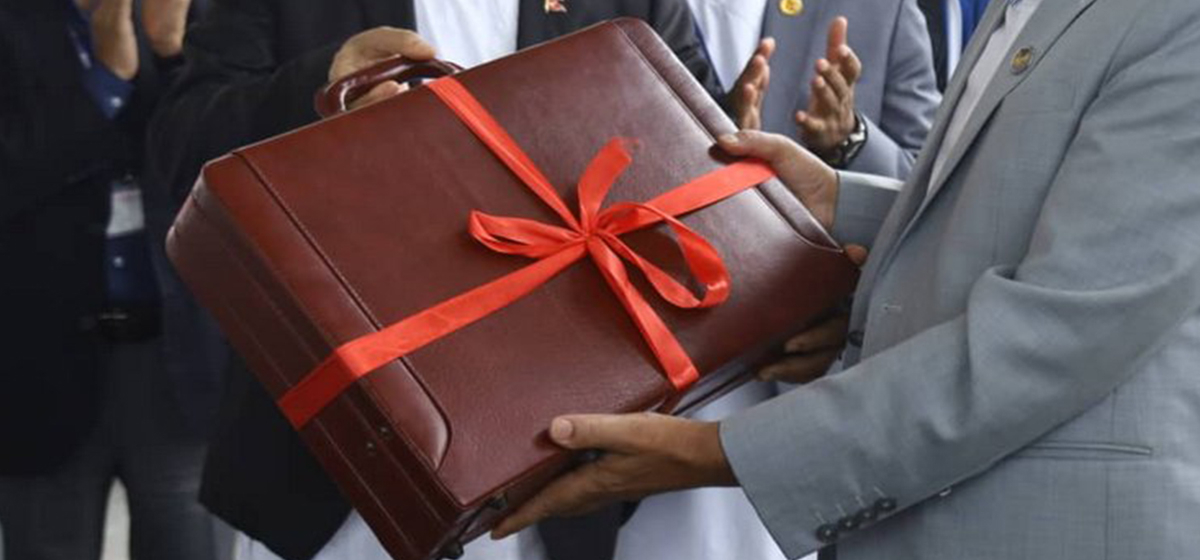

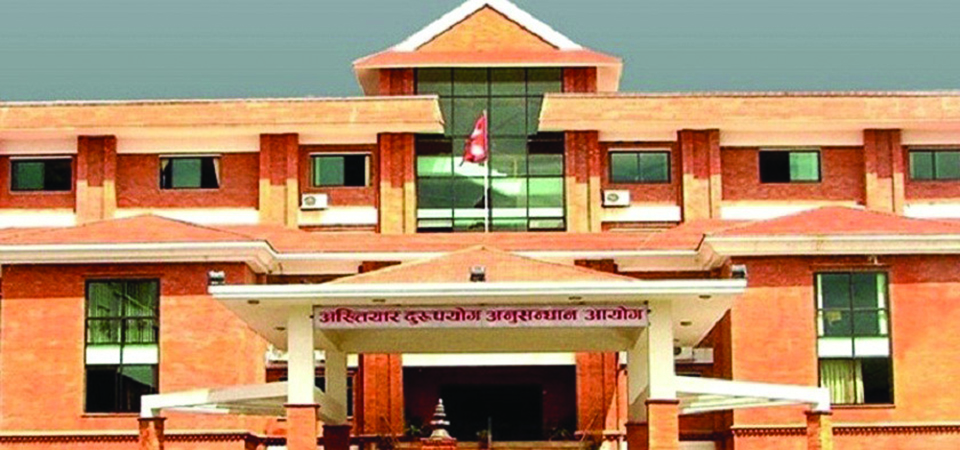

Leave A Comment